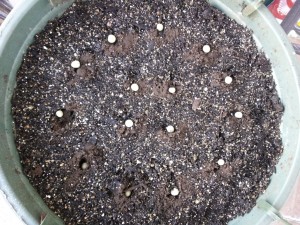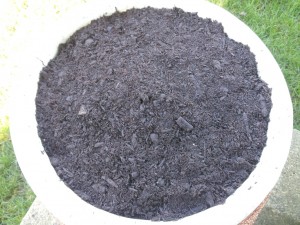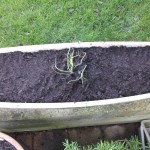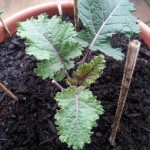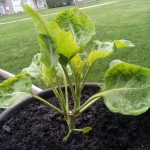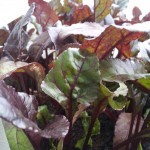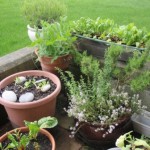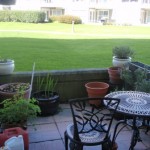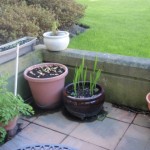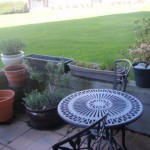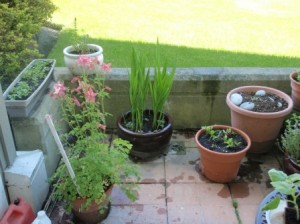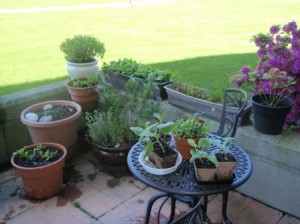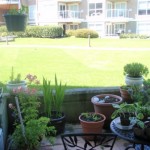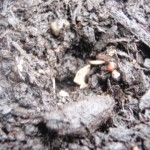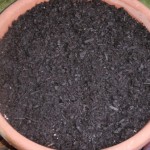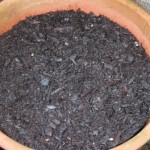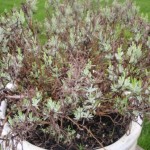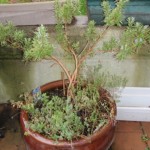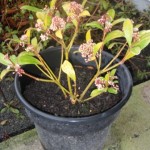Timing
Although I have been working in the garden for several weeks now and throwing seeds into the soil randomly to see what would grow, my first official seed sowing was this weekend on February 16, 2013. This is about 4.5 weeks earlier than last year, and the purpose is just to experiment with the micro-climate on my patio.
Soil
Over the winter I have been watching some interesting YouTube gardening videos and have picked up some tips especially for container gardening. This year I am focusing on building my soil and amending the existing Sea Soil in my containers with the following:
- Fresh Sea Soil compost (to add organic matter and maintain soil structure)
- Vermiculite (a natural lightweight mineral substance to maintain moisture)
- Worm castings (for nutrients and hopefully beneficial microbes)
- Rock dust (to add/replace trace minerals beyond the usual N-P-K in fertilizers)
- Dolomite lime (a few tablespoons, much of the soil has been in the containers for years and has never been limed, so is likely quite acidic)
- Dry ‘organic’ fertilizer (a few tablespoons, just because I have it and to replace some N-P-K)
- Crushed egg shells (run through the Magic Bullet, in theory it should add calcium to the soil, but I’m not sure it it is in a form that is available to the plants – the granular texture will also help with drainage)
Seeds
I sowed two containers of Oregon Sugar Pod, with both seeds that I had from last year and new seeds I purchased. As I did last year, I planted in a hanging basket and a 12″ pot, and used innoculant to promote the nitrogen fixing ability of these legumes. I decided not to use the Little Marvel seeds… at least not yet, as I had to re-sow a couple of times last year, so obviously they do not hold up to the cold, damp winter weather as well as Oregon Sugar Pod. I also moved the 12″ pot closer to the house so it is warmer and slightly covered — because perhaps the location of the container last year slowed germination.
I also sowed some spinach, as it is a cool weather crop which tends to bolt when the days get too long and hot warm. I have sowed a 12″ pot (that used to contain my poor old woody lavender) with Tyee, which is supposed to be a good year-round variety for us on the west coast. It apparently germinates in temperatures as low as 5°C, so I thought I’d give it a try in mid-February.
I also planted some Toy Choy, or baby bok choy. They grew quite well last year but we only got one real harvest from them as my second sowing bolted really quickly. So I thought starting a month sooner may help us get another harvest in. You may have to zoom in to see the seeds, but I sowed 3 rows in my long container. I also plopped in some scallion starts in the middle… which I’m unsure if they will make it this early in the year!
Aside from that, I am still slowly harvesting rainbow lacinato kale, gai lan, and beet tops every now and then, though next winter I will grow more so that I actually have more than a couple of leaves to eat at a time!
